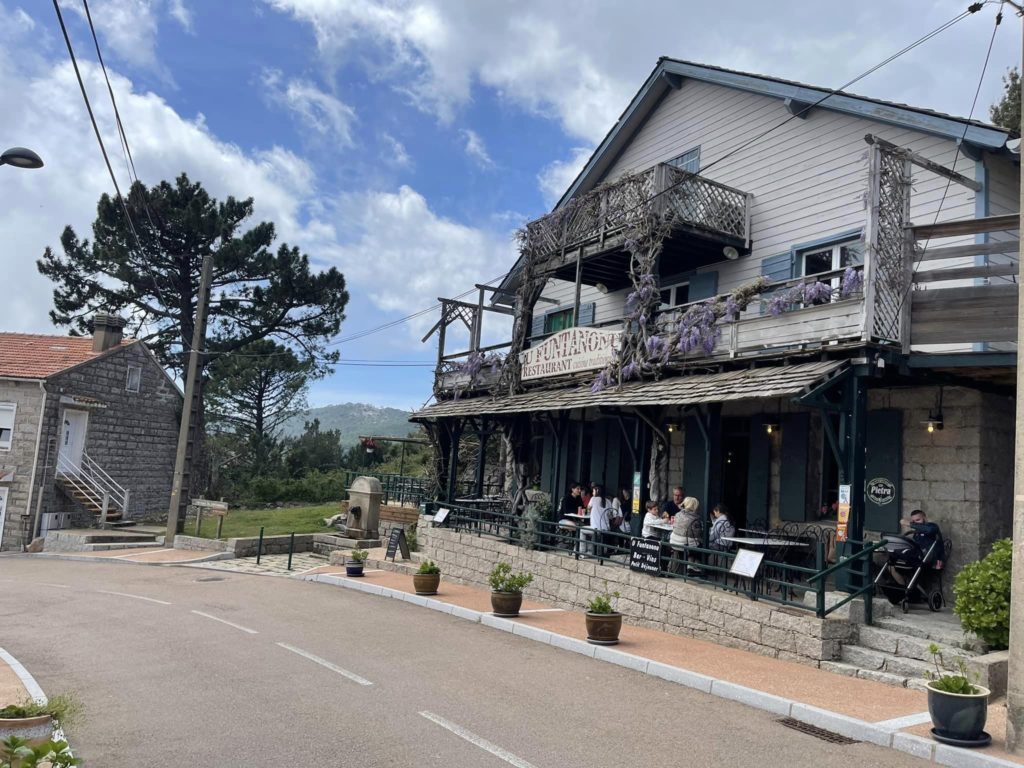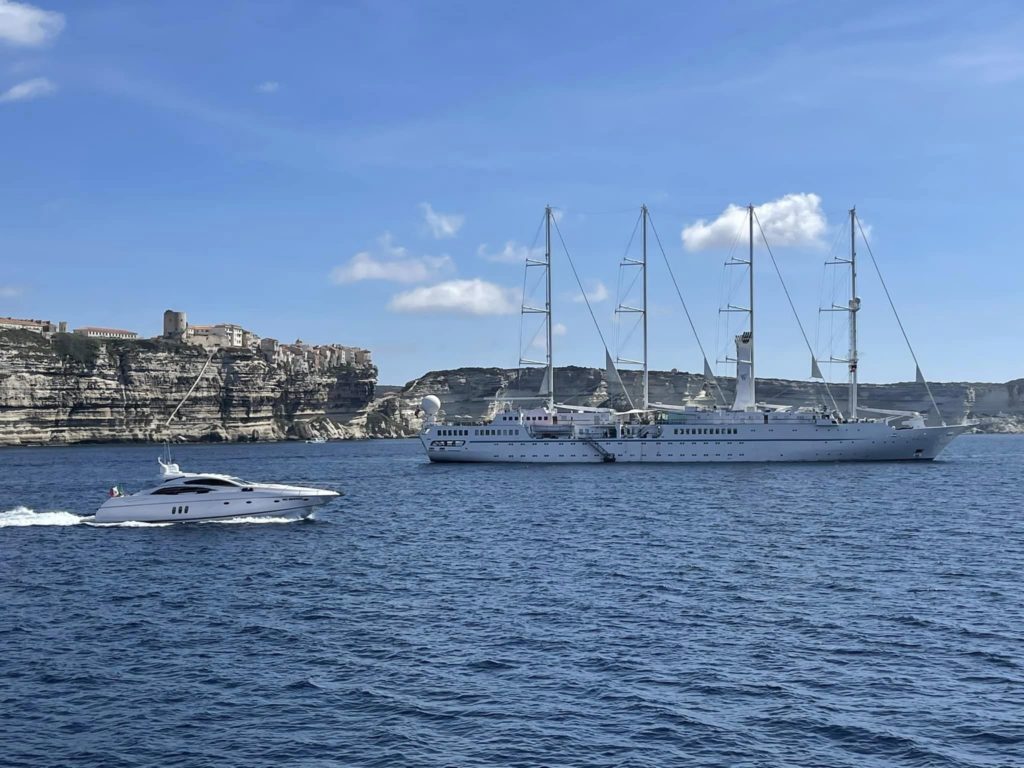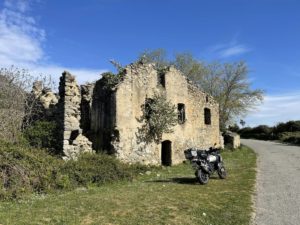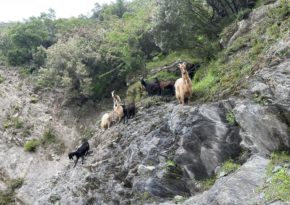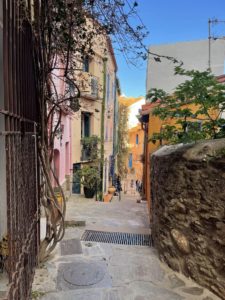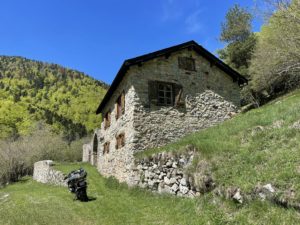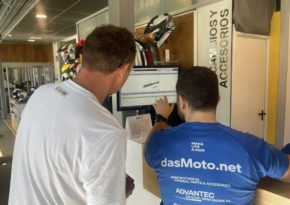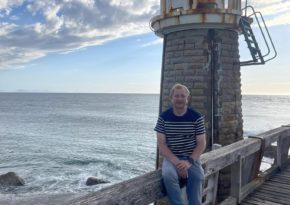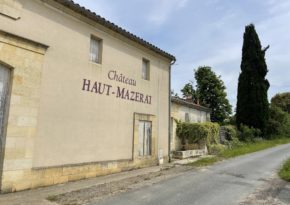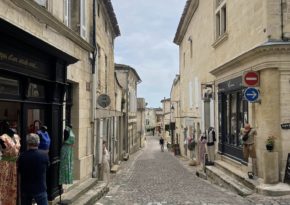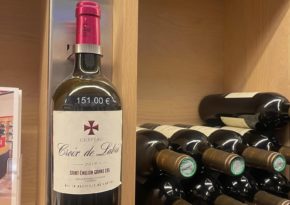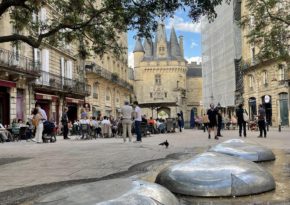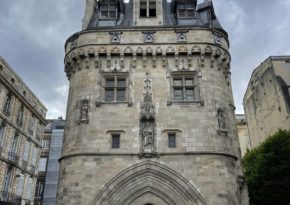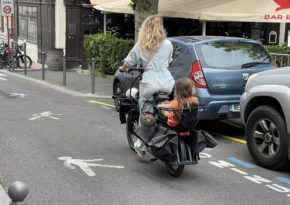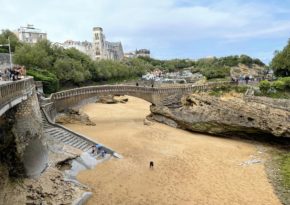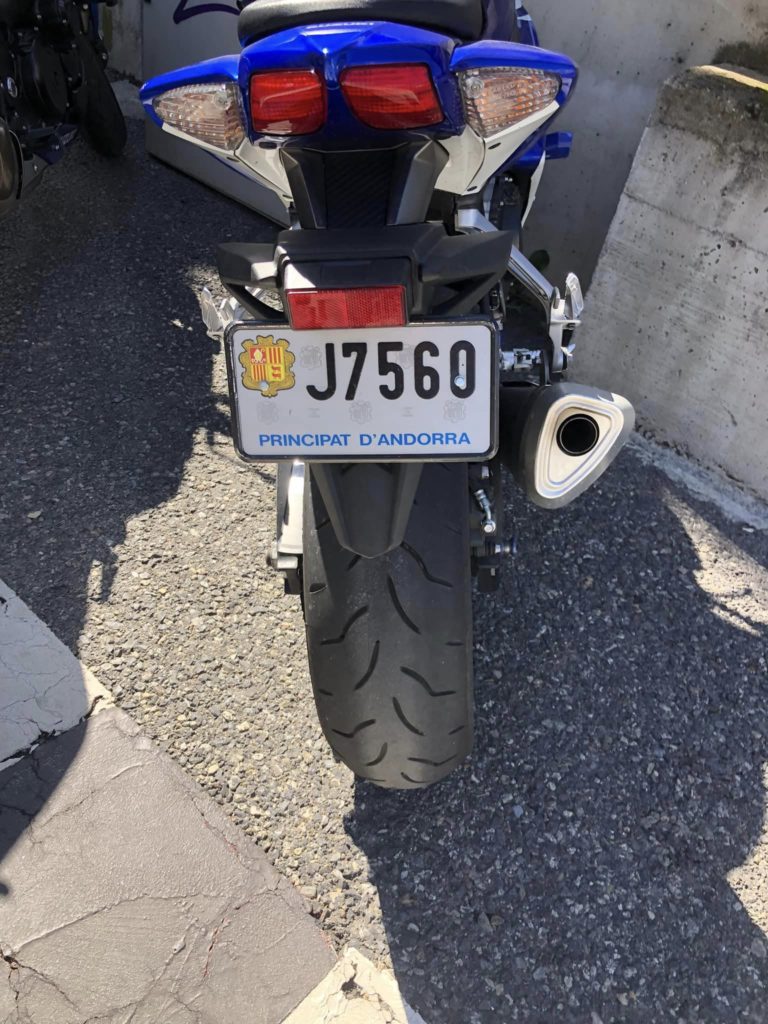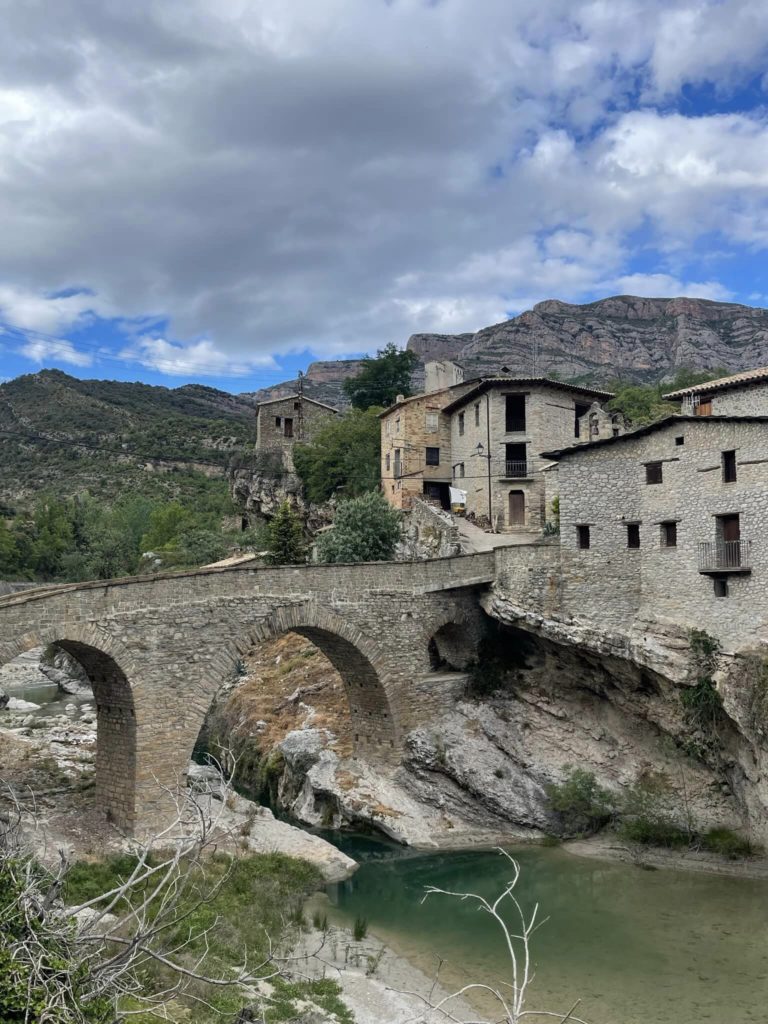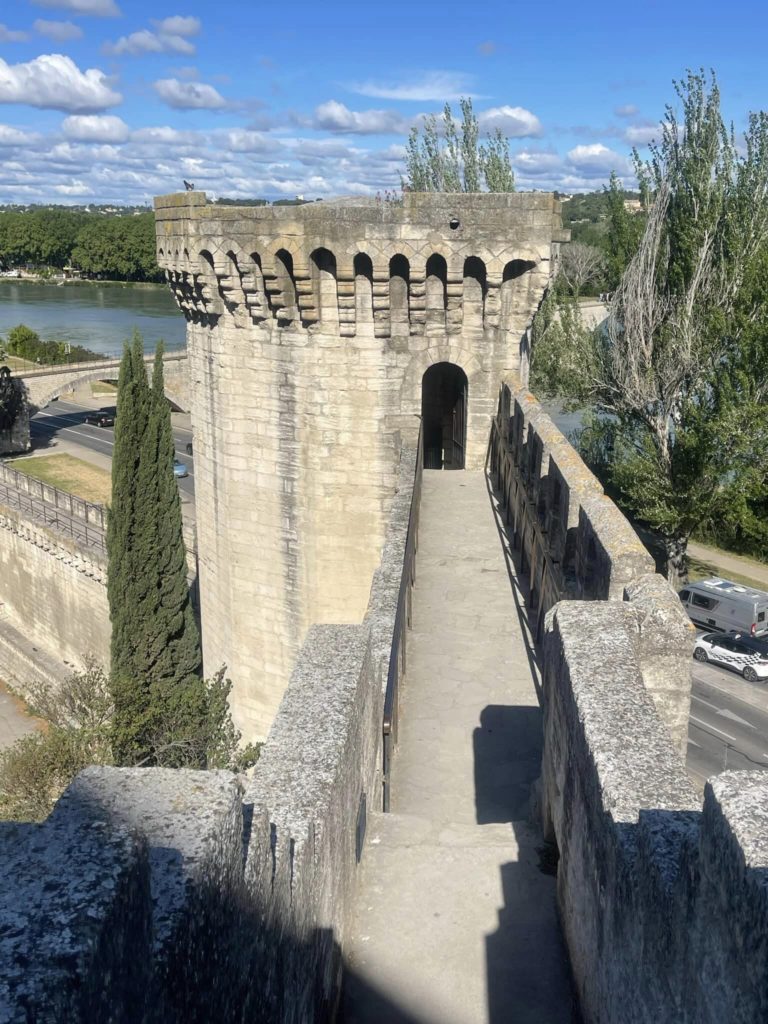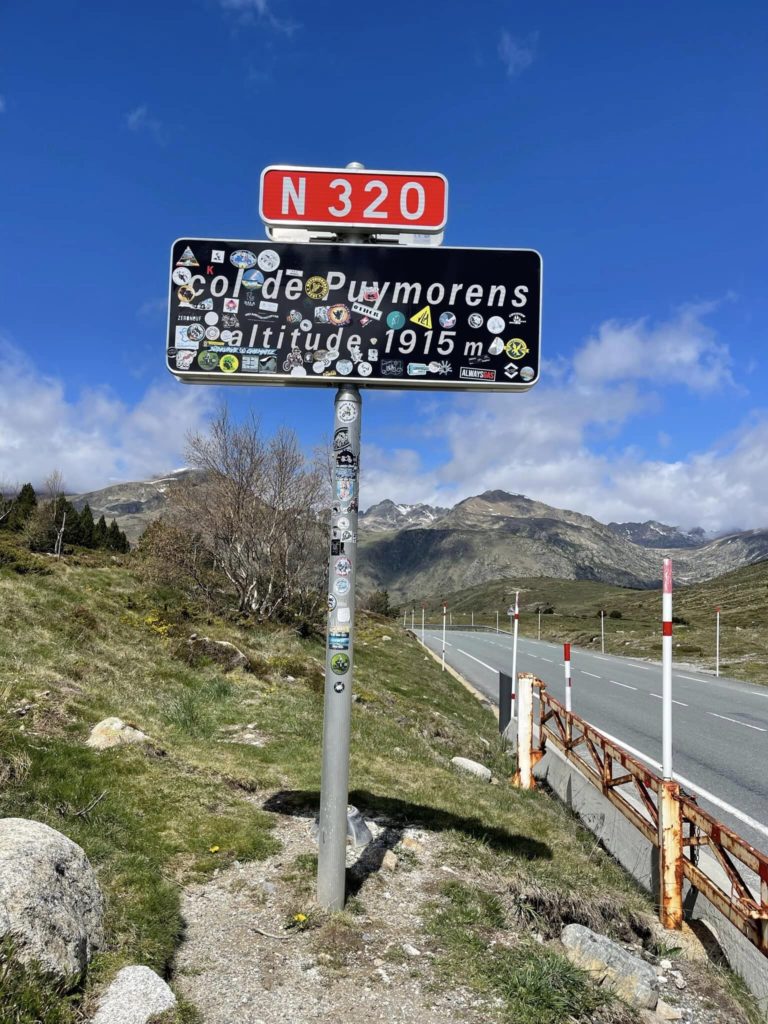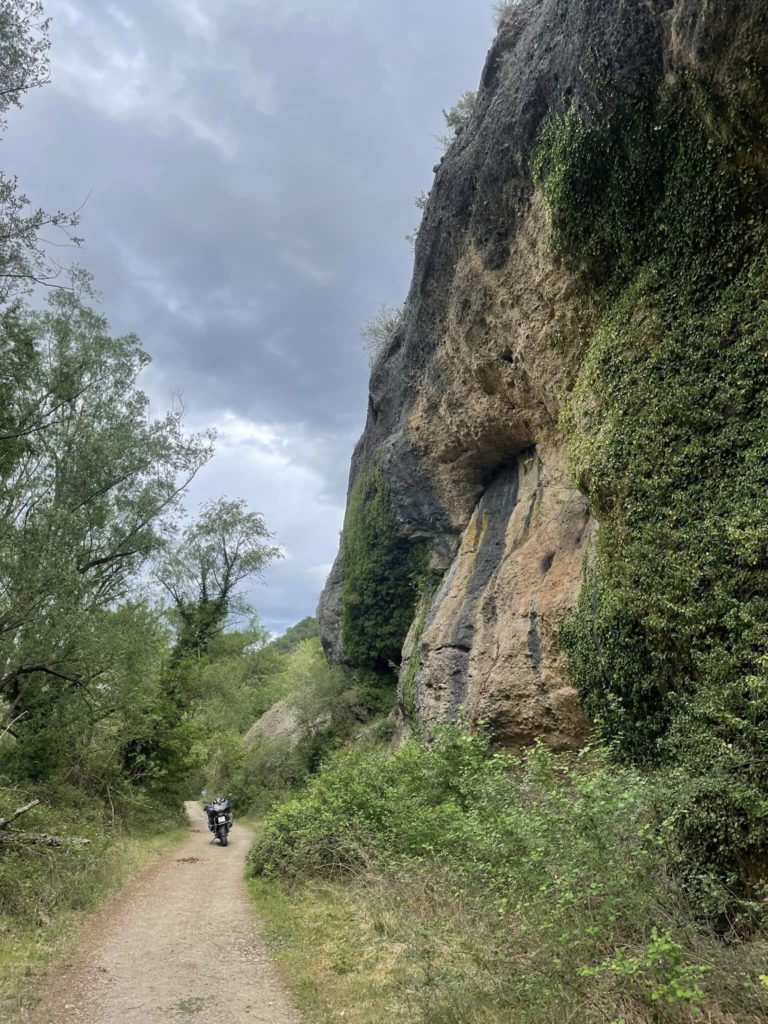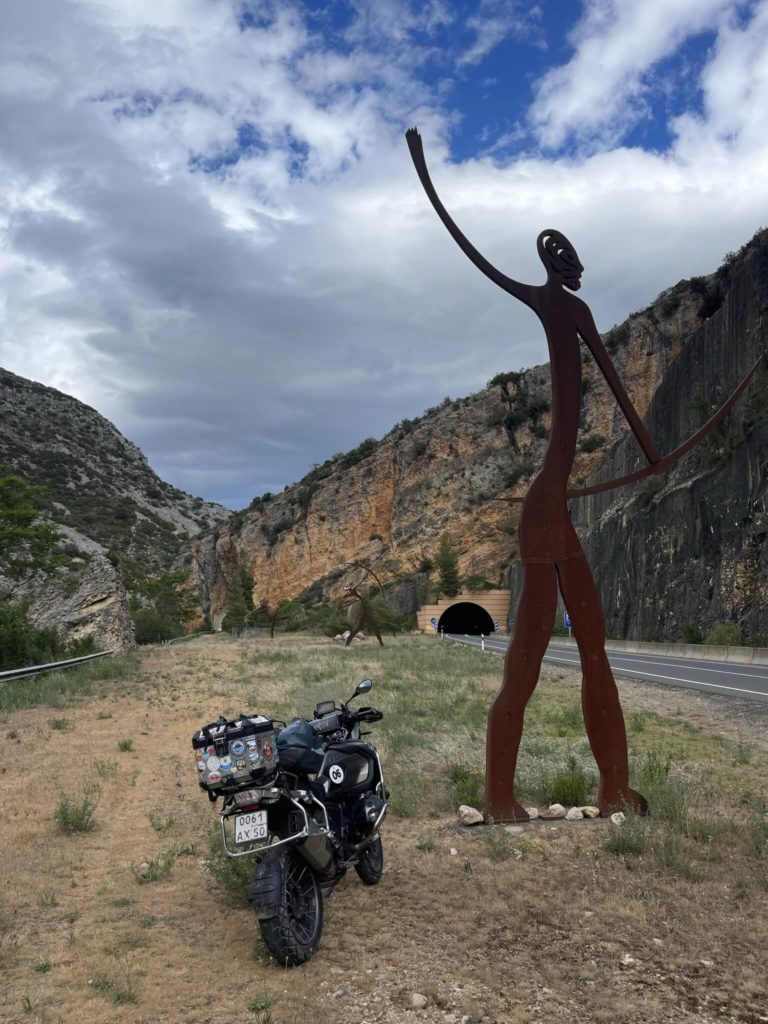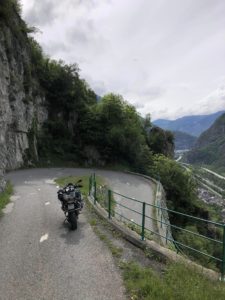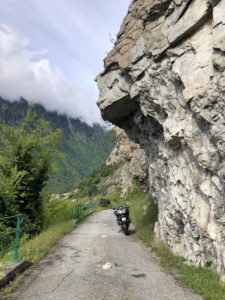Across Europe on two wheels. Sequel. Part 2
Arrivederci Sardegna!
Bonjour Corse!
The island of Corsica is 2.5 times smaller than Sardinia and belongs to France, though the locals call themselves Corsicans, not French. Sardinia and Corsica are separated by the narrow Strait of Banifacio, which is 11 km wide, and a ferry (that runs three times a day) overcomes this distance in less than an hour. The ferry is small, therefore, loading several dozen passenger cars and one motorbike took no more than 15 minutes. At the entrance I showed my passport and the e-ticket, which I had purchased yesterday on the ferryscaner website for €54. I rode into, put the motorbike by the wall and went to the upper deck to have a glass of beer. I was resting at the window, looking at the yacht with a white sail, which was heading for the sea. That moment I recalled the ferry from the Vanino port to Sakhalin. Brrr…
Corsica welcomed me by huge sheer cliffs that are prolonged with a fortress wall. The port of Bonifacio was once an inaccessible fortress, but now, instead of pirate ships, snow-white yachts park here and carefree tourists walk around. I joined them with pleasure and soon suddenly found myself in... a graveyard. On the top of the mountain overlooking the port there is one more town with streets and small crypts. You can see a signmark above the entrance door to each of them with a family name of its owners. Inside the crypt there are niches covered with marble slabs, on which the names and dates are embossed. There are a lot of dates from the century before last. Well, that was quite interesting and unusual.

Today I decided to go north along the east coast of the island, then cross it from north to south and stay overnight in the capital of Corsica, Ajaccio. I could not even imagine how beautiful this road is! It led me over a 1200 m high pass.
This is every motorbiker's dream! I experienced hundreds of smooth turns, excellent asphalt roads and crazy sights around. I also saw huge rocks and cliffs, which were similar to the Dolomites, some 150-year-old pine trees and breathed the purest air filled with the aromas of coniferous forest. Perhaps, this road will take the place in the top ten beautiful roads of the world in my personal rating.
Splendid!

Corsica.
A huge ferry swallowed several hundred cars and motorbikes in half an hour and slowly departed from the port of Bastia towards the open sea. Here we are going for a 13-hour journey to Toulon, which is situated on the east coast of France.
Those three days and 800 kilometres of my trip across Corsica were really fantastic! I had not expected that this small island would make such a vivid impression on me.
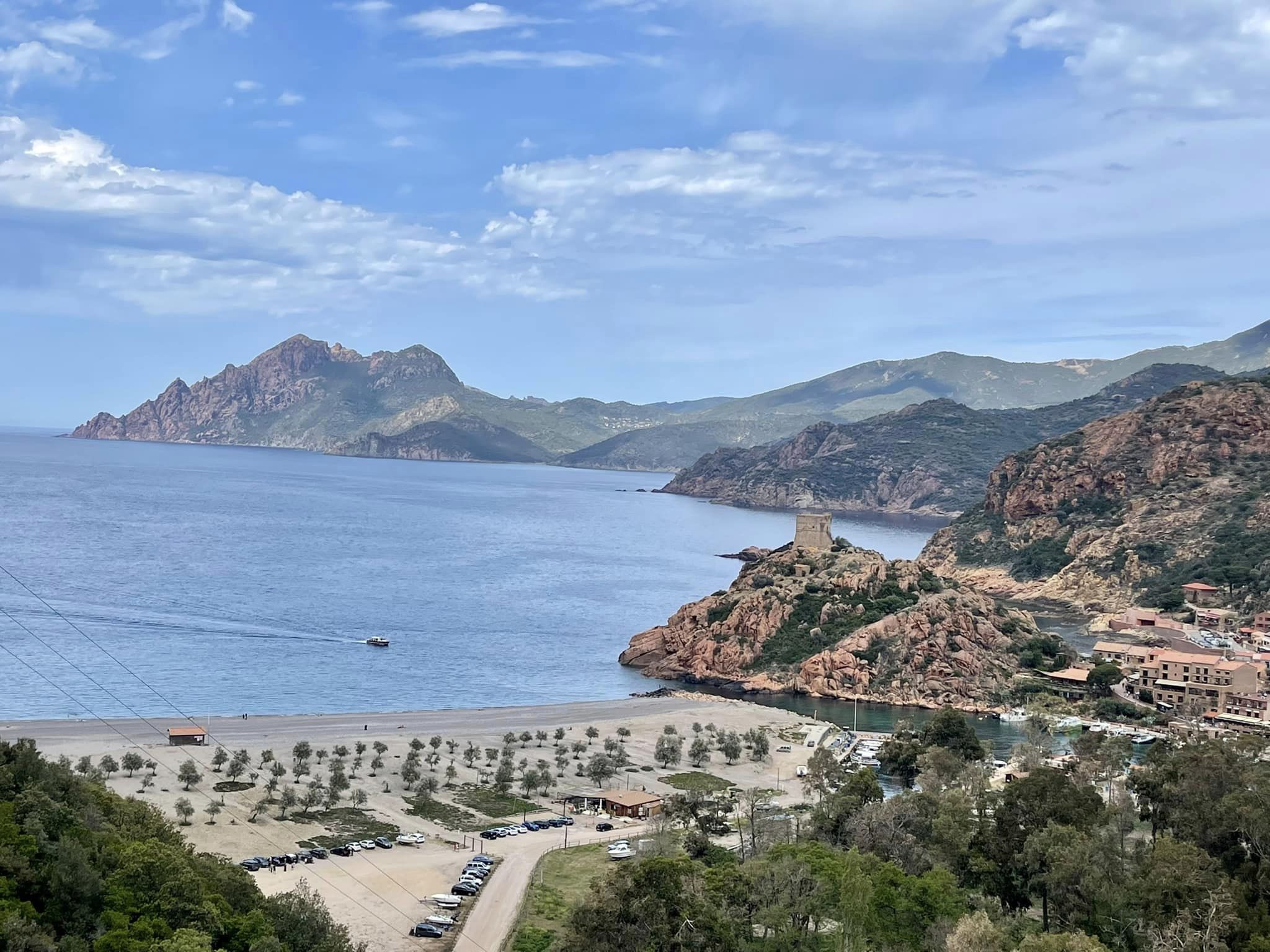
What beautiful mountains there are! And what gorgeous roads! And the views are just striking! Almost the entire island is covered with a network of roads that connect numerous villages and small towns located on the slopes of the mountains and on the seashore. Endless serpentines feel like a paradise for motorbikers. And there are a lot of them from different countries. The Italians, French, Germans, Hungarians travel in big noisy companies, as a rule.
When other travellers saw the RUS license plate, they became very surprised, came up to me and asked what route I had followed and how many days it had taken me, etc. Everyone was very friendly and got happy when I gave them my stickers. We shared the phone numbers with each other and they invited me to come round their place one day. Great!
Corsica is a very comfortable location for such a type of trip. In tidy and cozy towns there are plenty of restaurants, where you can have a delicious lunch or just a cup of coffee at the terrace, while thoughtfully looking at the peaks of the mountains. You can also stay in one of the wonderful hotels with friendly staff.

There are no dirty streets, homeless people, beggars and other features like that, which have flooded major European cities and are gradually turning them into garbage dumps.
Life in Corsica is quiet, well-balanced and provincial. There is no place for political scandals, therefore, no place for aggression, hatred and malice as well.
And that's gorgeous!
It took me 4 hours to overcome a 430 km distance along the motorway from Toulon to the border with Spain, going at an average speed of 150 km/h and including two long coffee stops and six payment points. If you want to go fast, you have to pay for this!
The weather was fine, but a strong crosswind tried to throw my motorbike off the track with the jerks.

I had lunch at the terrace of one of the multiple restaurants in a very popular tourist town named Collioure, which is situated on the southeastern coast of France.
This town looks like a lovely postcard.
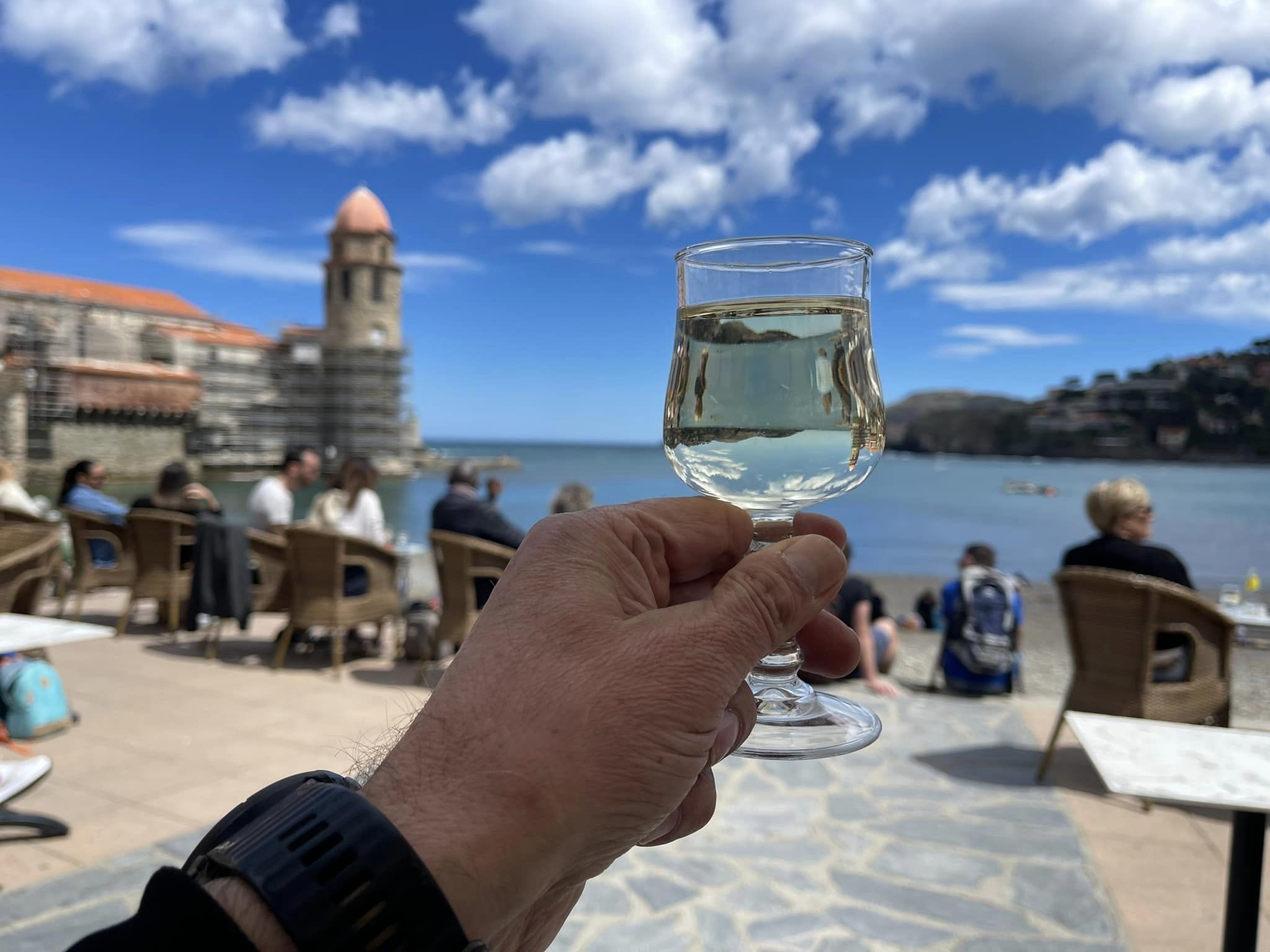
No wonder that the famous artists of the 19th and 20th centuries, such as Henri Matisse, used to live there for years, sunbathing on the beautiful beaches, strolling along the embankment and drinking fine wine at small tables overlooking the sea and yachts. And, obviously, they were not alone, unlike me.
From time to time, in case they had nothing else to do, they used to paint the canvases in a chaotic manner and call them paintings (the reproductions of which are now hung on the walls of buildings around the town). And then they used to sell them for a big sum of money, because wine and anchovies are not cheap here, actually. :)
The Pyrenees.
A barely noticeable ground track, which was winding along the slope, led me higher and higher up to the point, where a gorgeous view of the neighboring snow-covered rocky peaks should open. I made the last steep climb and… suddenly a loud crunch in the rear wheel of my motorbike forced me to stop abruptly before reaching the destination, which was still 20 metres away.
"Well…", as the character of the well-known cartoon would say, "there must be some reason for it".
Having turned the motorbike round on the slope, I rolled down using neutral gear, but even this way I felt a strong beating of the cardan shaft. And when the gear was turned on, the beating increased to a roar, so back then I had no doubt that the shaft was damaged. That meant that the motorbike couldn't be ridden further and it was impossible to fix that problem right there.
And before that occasion the morning had started so nicely! It was sunny, when I set off from the cozy hotel, overlooking mountain views in the half-empty ski tourist town Luchon, which is located on the border between France and Spain, at 10 a.m.
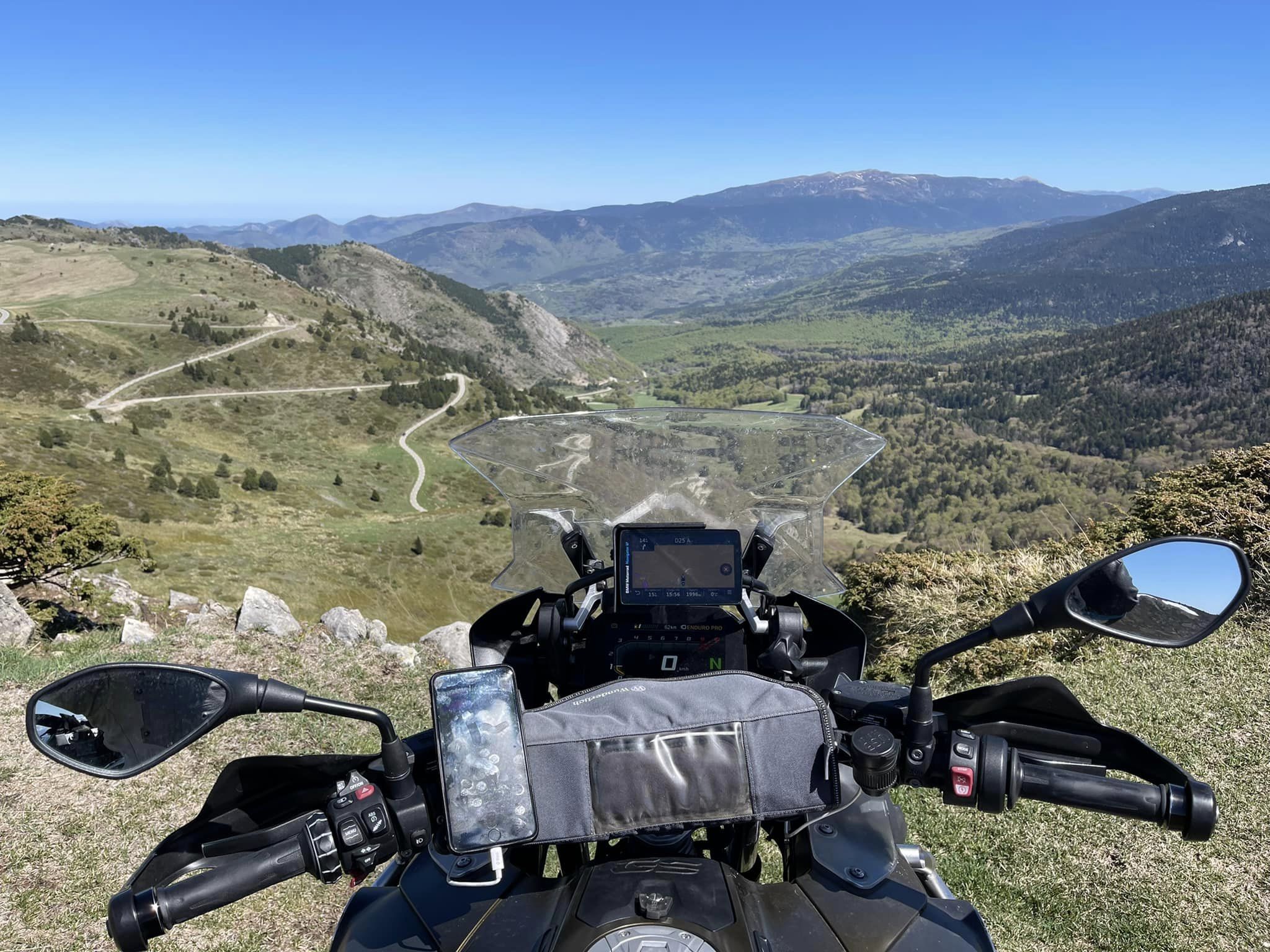
And yesterday I had been riding west all day along the picturesque serpentines of the northern slopes of the Pyrenees and crossed two passes, having run into a snowdrift at one of them. The views were awesome and the road seemed to be just a motorbiker's dream. All in all, nothing foreshadowed any trouble.
Having rolled down to some small village, I checked the navigator. The nearest big city appeared to be Toulouse, which was 160 km away. Well, although there was link communication, I wasn't in the Gobi Desert and wouldn't die because of thirst or of hunger, in general, the situation wasn't funny at all. I didn't succeed in arranging evacuation with the Russian BMW representative office by phone and it was as difficult to find a tow truck in this rural area, as to obtain a cardan shaft for a BMW motorbike in the nearest village. And all my knowledge of the French language was limited with only one famous film phrase that belonged to Kisa Vorobyaninov: "Messieurs! Mesdames! Je ne mange pas six jours!"
However, when I was resting on a bench on the outskirts of the village and looking at the snowy peaks by the end of the day, I thought that even those words might come in handy.
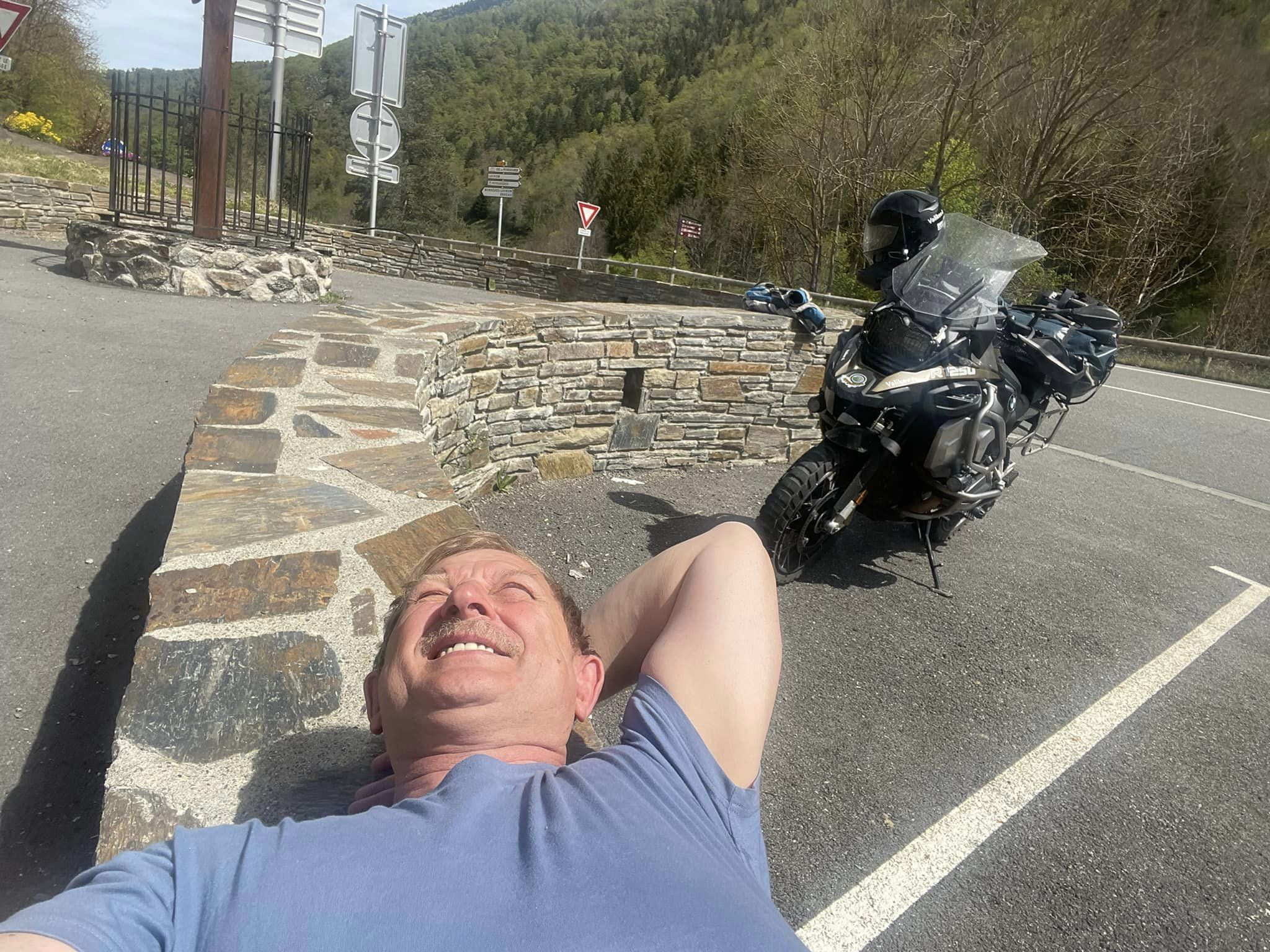
Actually, BMW motorbikes are quite reliable, but there is no equipment in the whole world that would never break.
I had experienced more than 200.000 kilometres of mileage along the R1200/1250GS and had all sorts of things happen to me, but that moment I faced the failure of the cardan shaft for the first time.
This is a serious problem and you can't fix it just on your way.
I phoned the BMW ROADSIDE ASSISTANCE (an evacuation and roadside assistance service), which was supposed to organise the evacuation of my motorbike to the nearest dealer office within a radius of 200 km. But, unfortunately, they could not help at all. Neither our office, nor the French one.
So I had to solve everything myself and it was not that easy to do, especially while being somewhere on the slopes of the snow-covered Pyrenees in the territory of France. ;)
As a result, I asked my friends for help, as usual, and found a man, whose name was Alexey Ignatov. He was a motorbiker and a traveller, who lived in France 220 km from the place where I was sunbathing on a bench with my motorbike by the mountain lake. Alexey rented a minibus and came to me after the sun had hidden behind the snowy peaks.
The next day we took my motorbikey to a BMW dealer office in Spain (in San Sebastian, which was not far away from there). All this because French dealers did not have an appointment for repairs until June. Yeah, that's how they work: they do not strain much.

And the Spanish workers with their tradition of siesta and endless holidays surprised me this time. They found a new cardan shaft, brought it from their colleagues the next day and replaced it (in addition, the vehicle inspection figured out 70.000 km).
Tomorrow I'm going to pick up my motorbike and continue my journey across Spain.
And while my "two-wheeled companion" was being repaired, I rented a car and spent two days getting acquainted with one of the greatest wine-growing regions of France called Bordeaux.
But that's another story to tell…
So, while the cardan shaft of my motorbike was being replaced, I rented a small car and decided to explore one of the most famous wine regions of France, Bordeaux.
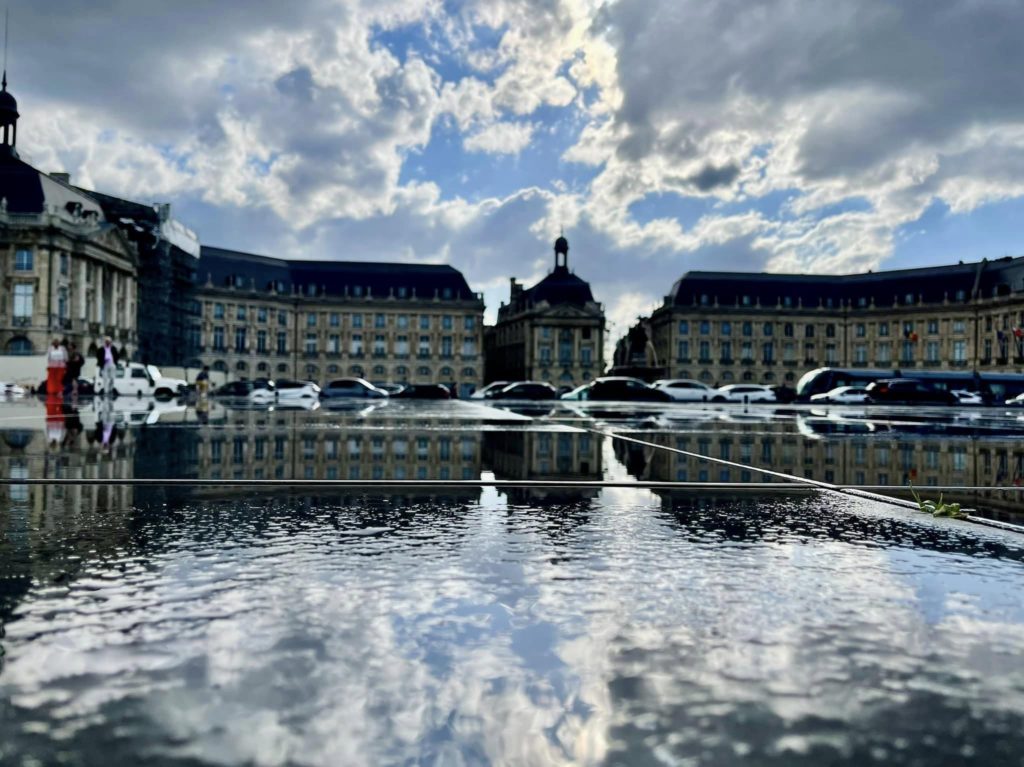
I made an appointment for a two-hour town tour with a wine industry specialist and just a wonderful woman with a beautiful name Leysan. She told me a lot about Bordeaux, its historical background, architecture and, certainly, at the end of the tour we visited a cozy small restaurant in the historical part of the town and tested the quality of Bordeaux wine from the left bank area. :)

The following day I got to another exciting place called
Saint-Emilion. It is a picturesque medieval town in Aquitaine, 35 km from Bordeaux. It is situated on the high hill and surrounded by vast areas of vineyards and hundreds of château (those are the wineries). Both the town and its surroundings are really impressive! There are perfect and well-groomed vineyards, gravel paths, ancient stone houses, flower gardens, farmsteads and fences. Everything is so beautiful and neat, as if it came from the picture of a glossy magazine.
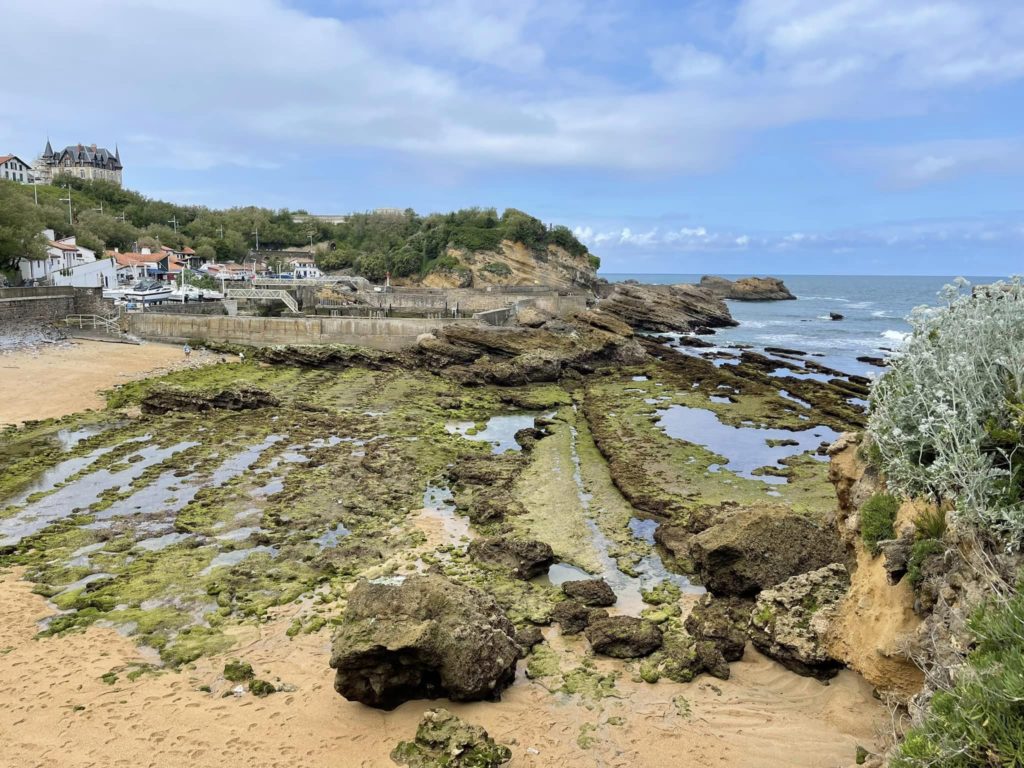
This is a wine paradise!
And for the last bit, so to speak, I walked along the embankment of another famous town named Biarritz. According to Wikipedia, "In the past centuries it used to be a place of rest and treatment for the noble and royals. And now it is visited by presidents and other high-ranking officials".
Since I don't belong to any of the aforementioned categories of people, I did not stay there for a long time, though the town was really picturesque, especially the beaches and rocks that extended with the sea. There were a lot of people, because this place is popular with the tourists, surfers, runners, cyclists and just other idlers.
Spain → Andorra → France.
Having crossed the Pyrenees from the side of Spain and stayed overnight in Zaragoza, I decided to visit one of the tiniest European states, Andorra.
It is located in the centre of the Pyrenees, its area equals half the area of Moscow within the Moscow ring road and the population is three times less than in Mytishchi, for example. Andorra is famous for its slopes for mountain-skiing. Many people visit it in winter and, personally, I also learned how to ski here 15 years ago.

To Andorra la Vella, the capital of the country, I rode along a beautiful mountain road overlooking gorgeous views of the cliffs and gorges with the purest rivers running below. The city is small, but quite modern. It is located at an altitude of more than 1000 m and there are many hotels, boutiques and restaurants. Everything here is adapted for tourists and, by the way, it is an offshore zone, therefore, prices for everything are slightly lower than in neighboring France or Spain.
After climbing the serpentine up to the 2000 m high pass and paying 4.5 euros, I rode through a three-kilometre tunnel across the Pyrenees ridge and entered France. There weren't any inspections or document checkpoints either at the entrance or at the exit from this Principality.
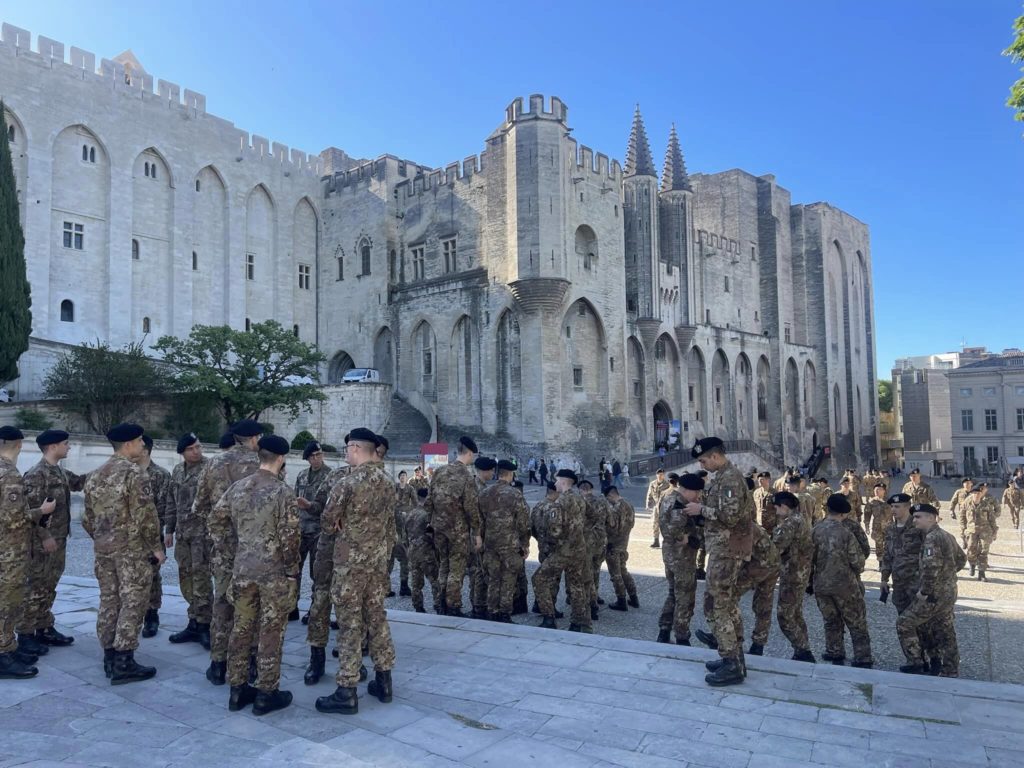
In the evening I reached Avignon, which is an interesting small town located in the south-east of France and has a rich historical background. The town is surrounded by a high white stone wall with powerful towers. Inside it there are a lot of old buildings, narrow, crooked streets and a huge palace on the hill, which used to be the residence of popes in the Middle Ages. Having raised my head, I looked at the towering walls of this fortress-palace and then at the magnificent garden with a pond and swans in it. I had a thought that popes must have lived not badly during the Middle Ages!
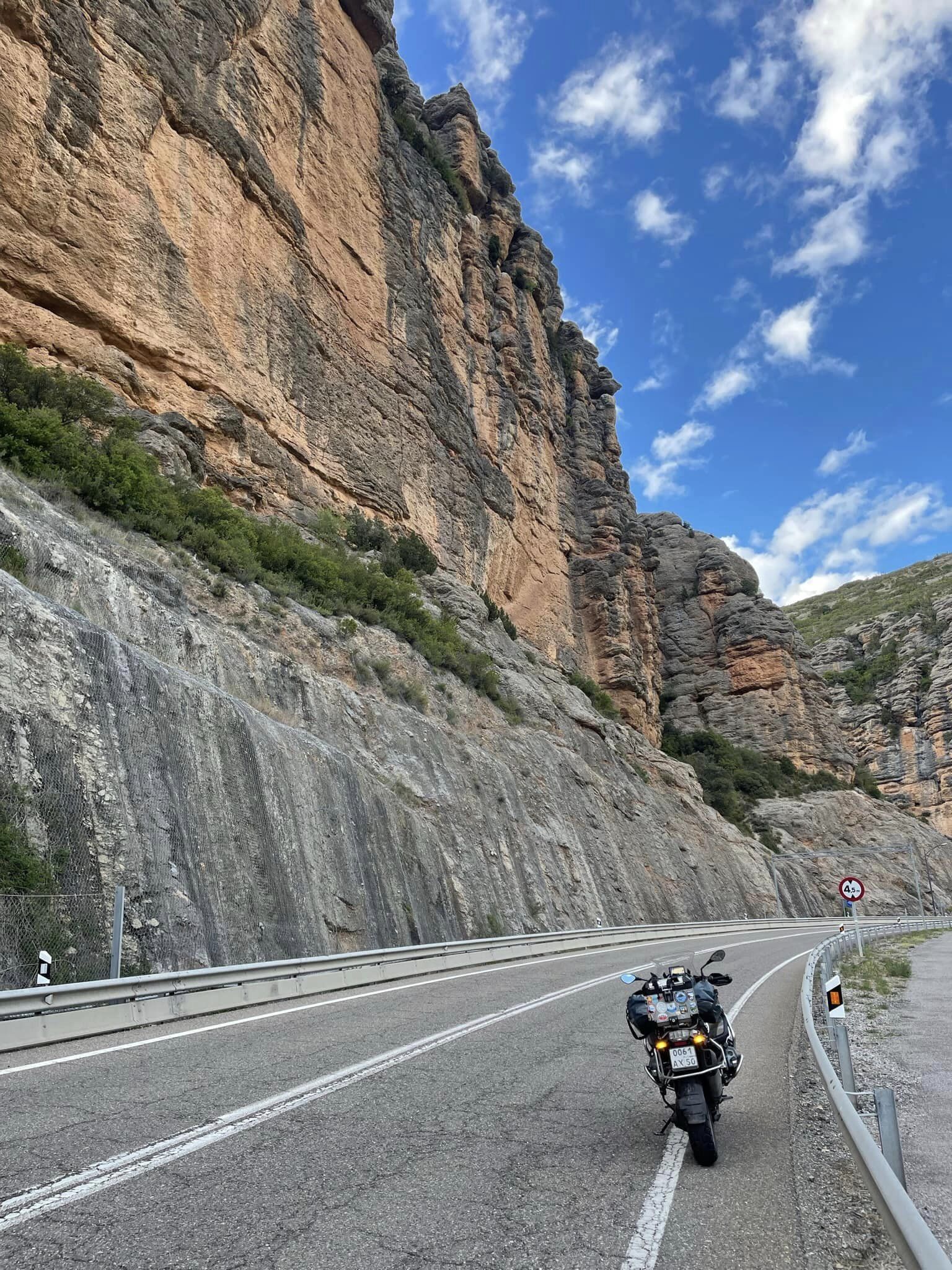
And even nowadays they must live without complaining of poverty as well. May God bless them and bring more parishioners there! :)
Having stopped at the barrier, I handed my credit card to a man-cashier in the glass booth. He took €30 from it and opened the barrier with a half-smile. "Bon voyage!"
A minute later I was already riding through the 13-kilometre long Fréjus tunnel, which connects France and Italy.

The weather in the French Alps was good today: it was just a little bit cloudy and cool. At an altitude of 1000 m (in which the tunnel was laid) it was +14°C. But while I was riding somewhere in the middle of the tunnel, the temperature rose to +28°C! It became hot and stuffy.
And when I went out already to the Italian side, I was hit by hail and downpour. And I saw a mark of +5°C only on the dashboard.
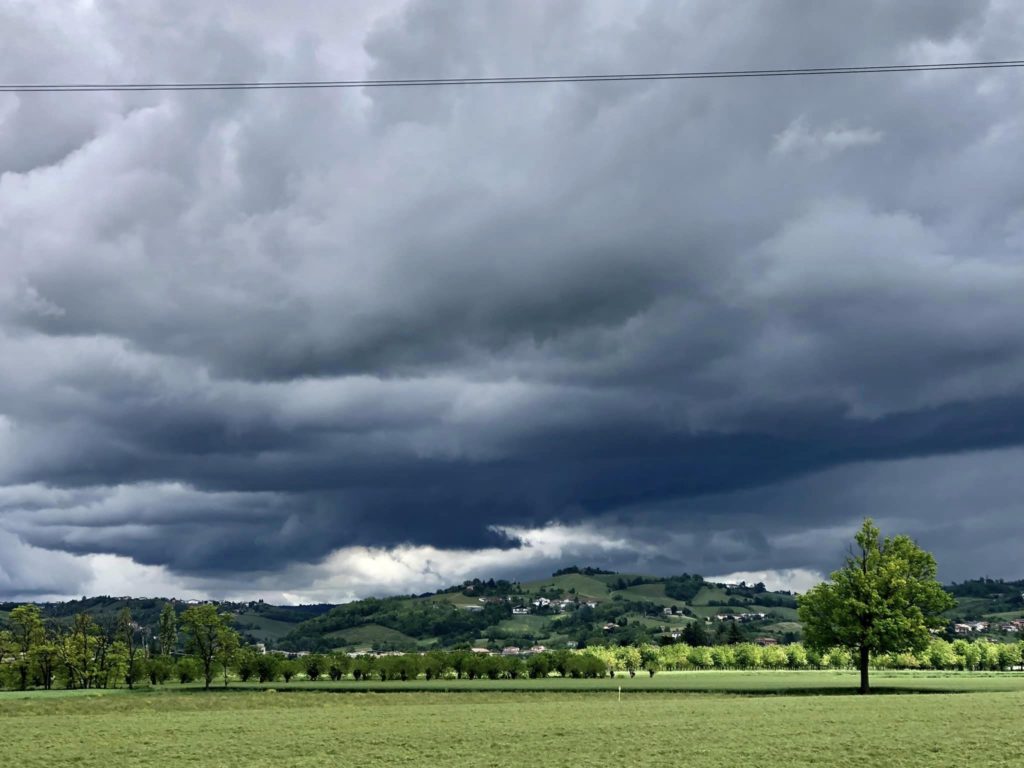
— Buon giorno, Italy!
Having stopped under the tent of the petrol station, which was a few hundred metres away, I put a raincoat on my clothes, which had already got wet.
Well, as one of my friends would say: "Every day is not Sunday".
The black sky was full of thick clouds and did not promise fine weather in the near future. And so it happened, indeed.
The sun came out only after I had passed 150 km. And in the evening I was already hanging my wet clothes in the room of a cozy small hotel in the town called Padua, which is 35 km from Venice. Tomorrow I am going to make a stop in it for a couple of hours.
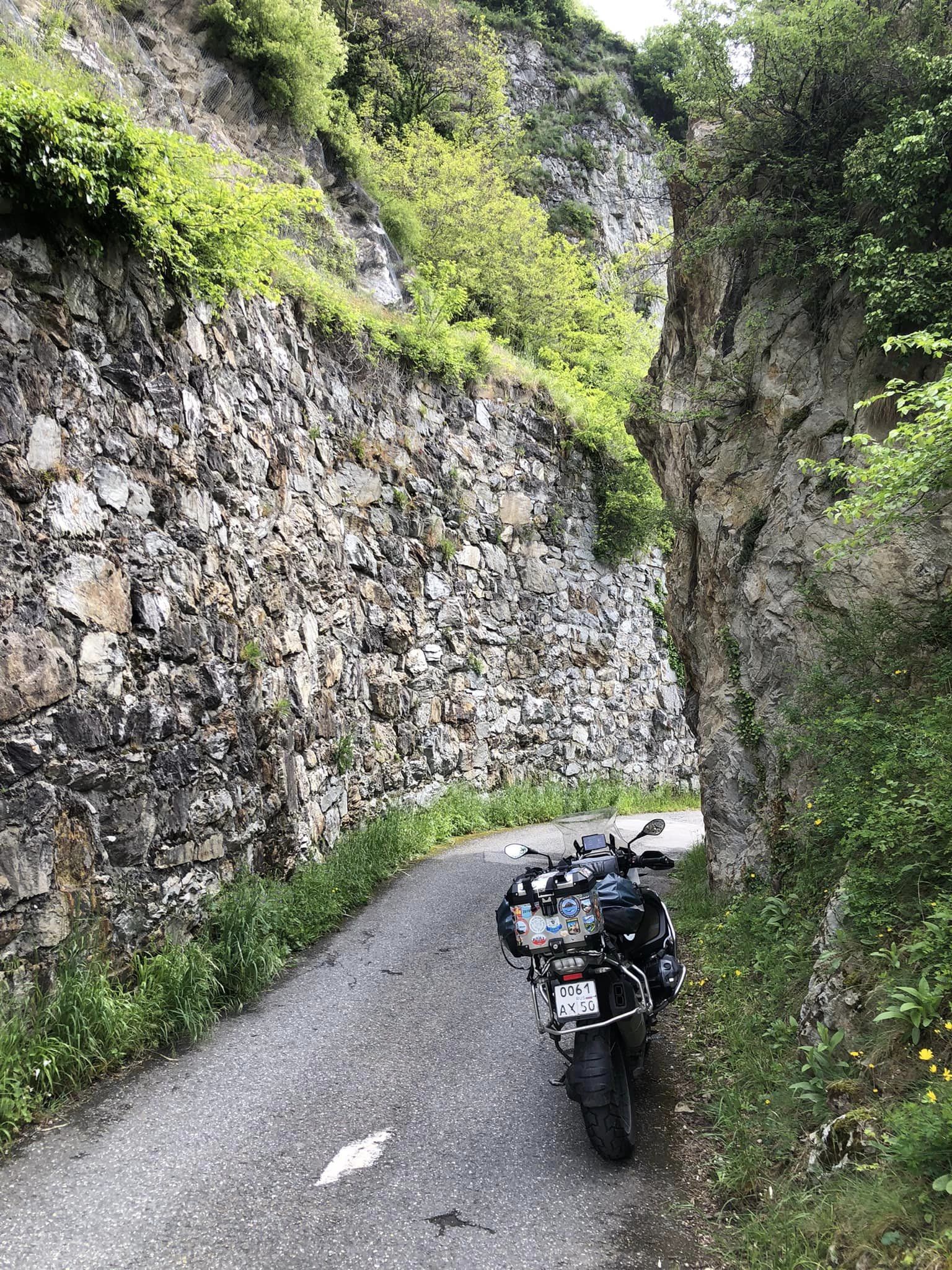
 Cap-travel.ru
Cap-travel.ru